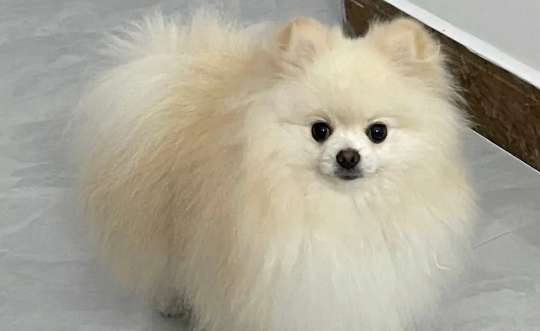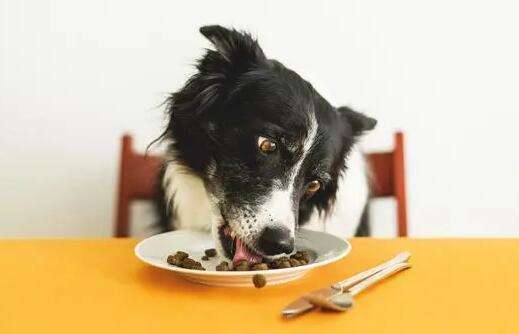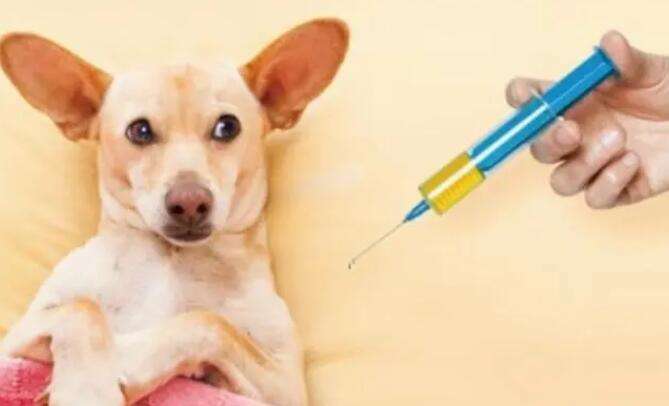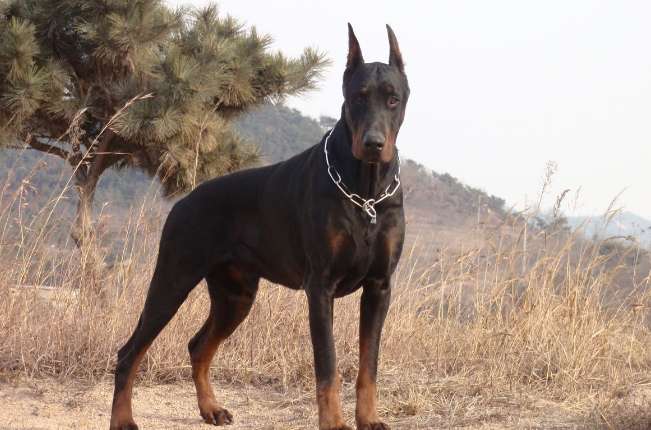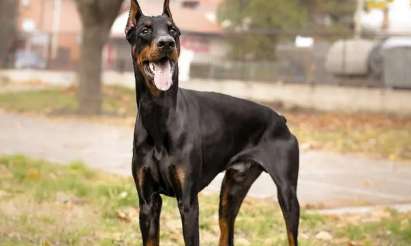Doberman Pinscher gait is very important to working ability and external appearance. The gait of this dog is elastic, elegant, flexible, free, and able to land completely. The front legs can be extended as far as possible. The hindquarters also have full extension and the necessary elastic drive.
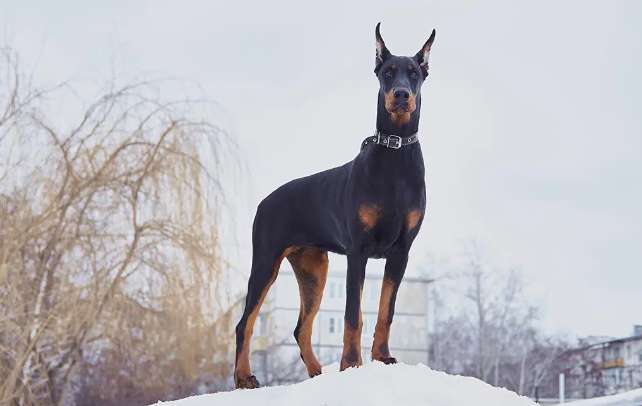
FCI number: 143
FCI group: second Groups: Pinscher and Schnauzer - Mastiff, Swiss Mountain Dog and Swiss Shepherd groups.
Height: Male Doberman is 26.0-28.0 inches (66.0-71.0 cm) tall at the withers and female Doberman is 24.0-26.0 inches (61.0-66.0 cm) tall at the shoulders.
Weight range: Male Doberman weighs 66.2-88.2 pounds (30.0-40.0 kg) and female Doberman weighs 55.1-77.2 pounds (25.0-35.0 kg).
Head (head, face, eyes, ears, nose, mouth, muzzle, jaw, teeth)
Head: long and compact. It has a blunt wedge shape when viewed from the front or side. Viewed from the front, the outline of the head from the mouth to the base of the ears is two complete straight lines that gradually become wider.
Eyes: Almond-shaped, moderately sunken, with lively and energetic eyes. The eye color is single. The eye color of dogs with black hair is from light to dark brown. Other colors such as red, blue, camel. The eye color is consistent with the color of the body markings, but no matter what color the dog is, the eye color is the same. The deeper, the better. Ears: Usually cropped and erect. When the ears are erect, the upper part of the ears is located on the top of the head.
Nose: Dogs with black hair have a pure black nose; dogs with red hair have a dark brown nose; dogs with blue hair have a dark gray nose; dogs with camel hair have a dark brown nose nose mirror.
Lip: Close to the upper and lower jaw, which are full and strong, located under the eyes.
Jaws/Teeth: White and strong teeth, scissors bite, 42 teeth in total, 22 in the lower jaw and 20 in the upper jaw.
Torno (neck, chest, ribs, waist and back, front of body, skin)
Neck: Head held proudly, muscular and compact. The neck is slightly arched, gradually broadening, integrating with the body. The length of the neck is proportionate to the length of the body and head. The shoulder blade is obviously the highest point of the body. Back: The back is short and strong, with sufficient width.
Waist: Muscular. There is a straight line from the shoulders to the plump hips.
FourLimbs (forequarters, shoulders, upper limbs, pastern joints, pasterns, soles of feet, hindquarters, thighs, hocks, joints and hock nails)
Forequarters: American shoulder blades forward and toward Sloping downward, at an angle of 45 degrees to the horizontal plane, and connected to the forelegs at an angle of 90 degrees.
The German scapula slopes forward and downward, forming an angle of 55 degrees with the horizontal plane, and is connected to the forelimb at 110 degrees.
Shoulders: The length of the shoulder blade is equal to the length of the upper arm, and the length from the elbow to the withers is equal to the length from the ground to the elbow.
Tail: high, after docking, about two vertebrae on the tail are still visible. In countries where tail docking is not legally allowed, the tail can be left natural.
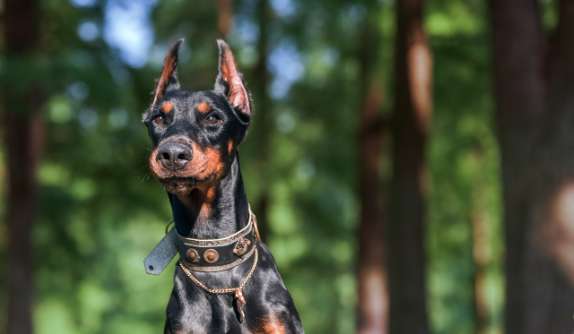
Gait/movement
Gait affects working ability and external appearance performance is very important. The gait of this dog is elastic, elegant, flexible, free, and able to land completely. The front legs can be extended as far as possible. The hindquarters also have full extension and the necessary elastic drive. The front leg on one side and the hind leg on the other side can move forward simultaneously. Has good back stability, ligaments and joints.
Disqualification Conditions
Defects: Any deviation from the above points will be considered a fault, and any dog that is obviously abnormal in body or behavior will be disqualified.
Timid, neurotic, and aggressive · Obvious deviation from gender characteristics · Yellow eyes (bird’s eye); exotropia · White spots on the coat; too long coat, wavy hair; protruding The thin coat or large bald patches on the body deviate from the standard by more than two centimeters.
